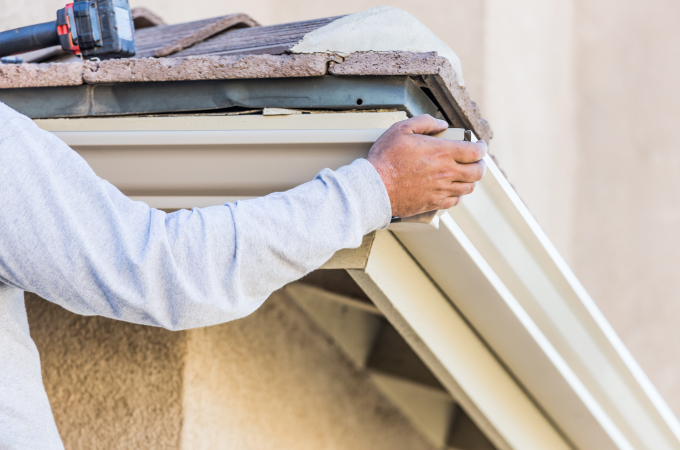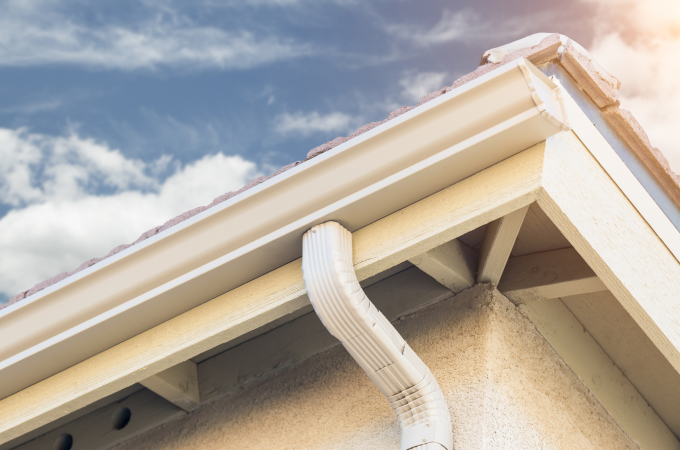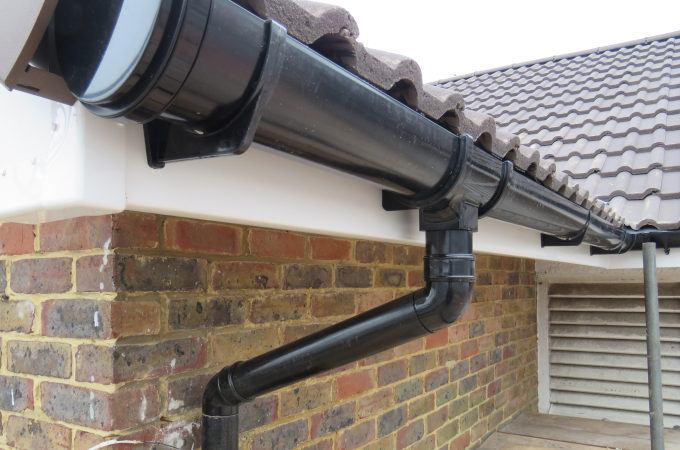Adjusting and properly maintaining your gutter machine is integral to prolonging its life. Most machines will last 30 years or more when properly cared for, which means they can pay for themselves dozens of times over. Here, you will learn more about how to properly adjust and maintain your gutter machine to get as much out of it as possible for as long as possible.
What You Should Know about Machine Adjustments and Repairs
If you notice that gutters are coming out of the machine curved (either uphill, downhill, into the house, or away from the house) or with other issues, then the most common culprit for this is incorrect material alignment. The metal feeds through the machine’s varying roll forming stations, and if only one of these is out of sync with the others, the gutter simply will not form properly. The first thing to do would be to cut the material and run it out of the machine and then feed another piece as it may not have fed in properly. It’s always important to make sure the coil stock is flush against the guides on the back side of the gutter and to make sure that the guides are properly spaced as the same width as your coil stock. Different suppliers often carry different width coils (for example some suppliers offer 11.75” coil and some offer 11.875” coil). So be sure to make sure that you have the correct width coil.
To prevent issues with alignment and reduce the need for frequent adjustments, make sure that you properly store and transport your machine. We’ve seen so many instances in the past where debris (screws, gloves, metal cut offs, etc) run through the machine unknowing to the operator. This can possibly cause a bent shaft and push the machine out of proper alignment.
How Gutter Machine Adjustments Have Changed
Once upon a time, gutter machines were notoriously difficult to adjust. In fact, when companies purchased them, they would often send one or two employees to the manufacturer’s facility to learn how to make those adjustments. The other option involved paying a third party – someone familiar with the machine and the adjustments and often a representative of the manufacturer – to come to the place of business or even the jobsite and make the adjustments. Either route was incredibly expensive, and in some cases, it deterred smaller business owners from purchasing their own machines.
Today’s Gutter Adjustments are Simpler
To make gutter machine ownership simpler and more cost-effective for businesses of all sizes, manufacturers have now added color-coded instructions to their machines. These instructions correspond to troubleshooting steps that can help anyone familiar with the various parts of the machine make the required adjustments. If following these instructions does not resolve the issue and the gutters still exit the machine with deformations, it is still possible to call on an expert to make those adjustments on your behalf.
Things to Keep in Mind
When you make adjustments to your gutter machine it is important to keep one important rule in mind: “tinkering” with gutter machines is generally not recommended as it can often create more problems than it solves. As such, you should avoid making any adjustments that are not immediately indicated. Be sure that you follow the manufacturer’s instructions as closely as possible, and don’t hesitate to contact the manufacturer if anything seems unclear.
And when you do make adjustments, it’s a great idea to make sure you are precise and document the adjustments. If you put a wrench on the station four roller you should notate which side (front or back) and how many quarter turns of the wrench and whether it was up or down. This way you can always put the machine back to where it was previously if your suspected solution did not achieve the desired results.
Although gutter machine adjustments are quite complex, in recent years, the various manufacturers have found unique ways to simplify them. Because of this, it is now far simpler and cost-effective to adjust your gutter machine. Remember if you need help with adjustments or if you suspect that your machine may need a repair, you can contact the manufacturer directly. This way, if something goes wrong during operation, you may be able to fix it on site with their help.
 Contractors
Contractors



